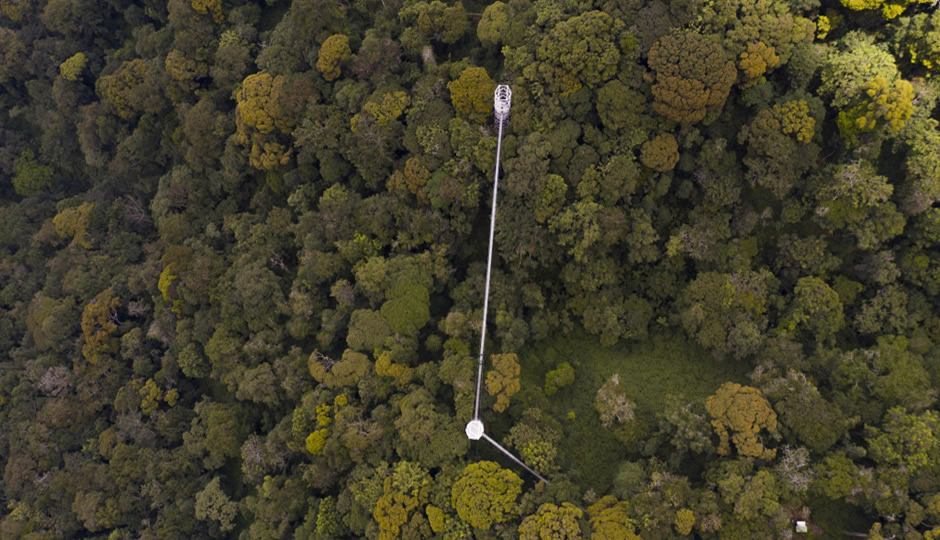Experience the Beauty of Rwanda, the land of a thousand hills!
Author: admin
-
Museum of Rwanda Ancient History in Nyanza-Rukari
Under the reign of King Yuhi V Musinga in 1899, Nyanza became the Royal Capital of the country. The court became the home of artistic and intellectual activities and was also a place for economic exchange.
At the site, visitors can enjoy Rwandan Traditional Royal home and the INYAMBO/ Royal traditional cows, and then proceed to residence of King Mutara III Rudahigwa build in 1932.
On the neighboring hill of Mwima, one can visit the burial site of King Mutara III and his wife Queen Rosalie Gicanda. -
Hello world!
Welcome to WordPress. This is your first post. Edit or delete it, then start writing!
-
Batwa in Kamonyi
The Batwa in Kamonyi are populary known for their music. They belong to the indigenous Batwa Community of the Great Lakes Region.
-
Kakira – Art Imigongo
IMIGONGO is an art form popular in Rwanda. This art form came into being end of the 18th century in the province of Kibungo (South-East of Rwanda), and is traditionally done by women. Originally it was used for decorations inside the walls of huts. The Imigongo paintings are created from calf dung applied to wooden plates, which forms the structure and relief of the paintings. It is often including the spiral and geometric designs in different natural colors, such as black, white and red. Today, even modern designs are made with more variation in colour.
On the road to Rusumo in Eastern Province near Kirehe, there are two women’s coops selling this most unique of Rwanda’s traditional crafts. Vibrant traditional geometric designs and modern innovations are both available.
At the beginning of the 19th century, Prince Kakira, the son of the King of Gisaka, lived in the Province of Kibungo, known today as Eastern Province. It was then and there that he invented the art of decorating houses. He began to paint geometric motifs directly onto the walls, using different natural colors, such as black, white, and burgundy.

A crafts cooperative named after Prince Kakira exists in Rwanda today. This cooperative was inspired by the art of the prince, adapting his mural paintings and motifs to create the decorative “IMIGONGO” paintings, which are painted on wooden plates of different sizes. The cooperative still uses natural materials for the paintings, such as, for example, cow dung, which forms the structure and relief of the paintings. Red color is made from natural soil, white color from kaolin. Ocher is gained from clay, while the shining black color is based on the ashes of banana peels, mixed with the sap of the aloe plant as well as with the fruits of the solanum aculeastrum plant.
Today, the paintings created by the members of the KAKIRA cooperative are well and widely known. They are very much in demand, as they constitute unique and typically Rwandan works of art.
-
The Rock of Kamegeri
Kamegeri was a leader under the reign of king Mibambwe Sekarongoro Mutabazi who was burnt on that rock after he had asked that criminals be thrown on that rock after it was made red-hot.
Since then that rock cliff was attributed to him to become the Rock of Kamegeri, which is situated at Ruhango
The rock had always existed without a name but later got the name when a man by names of Chief Kamegeri decided a wrong punishment for a man who had disrespected the king, and in turn the King ordered Chief Kamegeri to be burnt on that rock because chief Kamegeri was unhuman since he was proposing horrible death for other people. -
Rwanda Dancing at WTM London 2010
Rwandan dancers at the World Travel Market London in 2010
-

NYUNGWE NATIONAL PARK now has its own Canopy Walk
The first ever hanging platform which allows tourists to view different animal species in Nyungwe forest was unveiled on October 15. And as officials here announced, it will be the first in this region and just the third on the African continent.
The Canopy Walkway is 40 meters above the ground level, and 90 meters long, above a steep, deep valley, that affords the clients the dizzying platform from which to be at the ” eye-to-eye level ” with different primate species, and many bird species, all of which are fond of inhabiting the upper scales of the forest.
Facts about the park and the walkway:
Its a high altitude montane rain forest
the biggest in East Africa
it is a 200m walkway with three towers
it was finished in the middle of 2010Tourists will be at the “eye-to-eye level” with different primate species, and many bird species. (by RNA Reporter )
Canopy Walk in Nyungwe Forest – Rwanda
The Canopy Walkway which has been competed in the Nyungwe Forest National Park in south western Rwanda is 50 meters above the ground level, and 90 meters long. The dizzying platform is above a steep and deep valley trotting across massive forest.
Tourism officials at the Rwanda Development Board say at that height, tourists will be at the “eye-to-eye level” with different primate species, and many bird species, all of which are fond of inhabiting the upper scales of the forest.
The 200m walkway with three towers are the biggest in East Africa, said RDB in an online statement.
Spread over hundreds of square meters Nyungwe is said to be largest and most ancient Afro-Montane forest remaining in the East & Central Africa, dating back to the last ice age.The forest has 13 rare primate species, the world’s largest ever recorded arboreal troop of black/white colobus monkeys, over 300 species of birds and 100 types of orchid.
Nyungwe Forest and chimpanzee tracking is the ideal compliment to any gorilla safari.
It also has the five-star Nyungwe Forest Lodge – owned by United Arab Emirates holdings firm Dubai World.